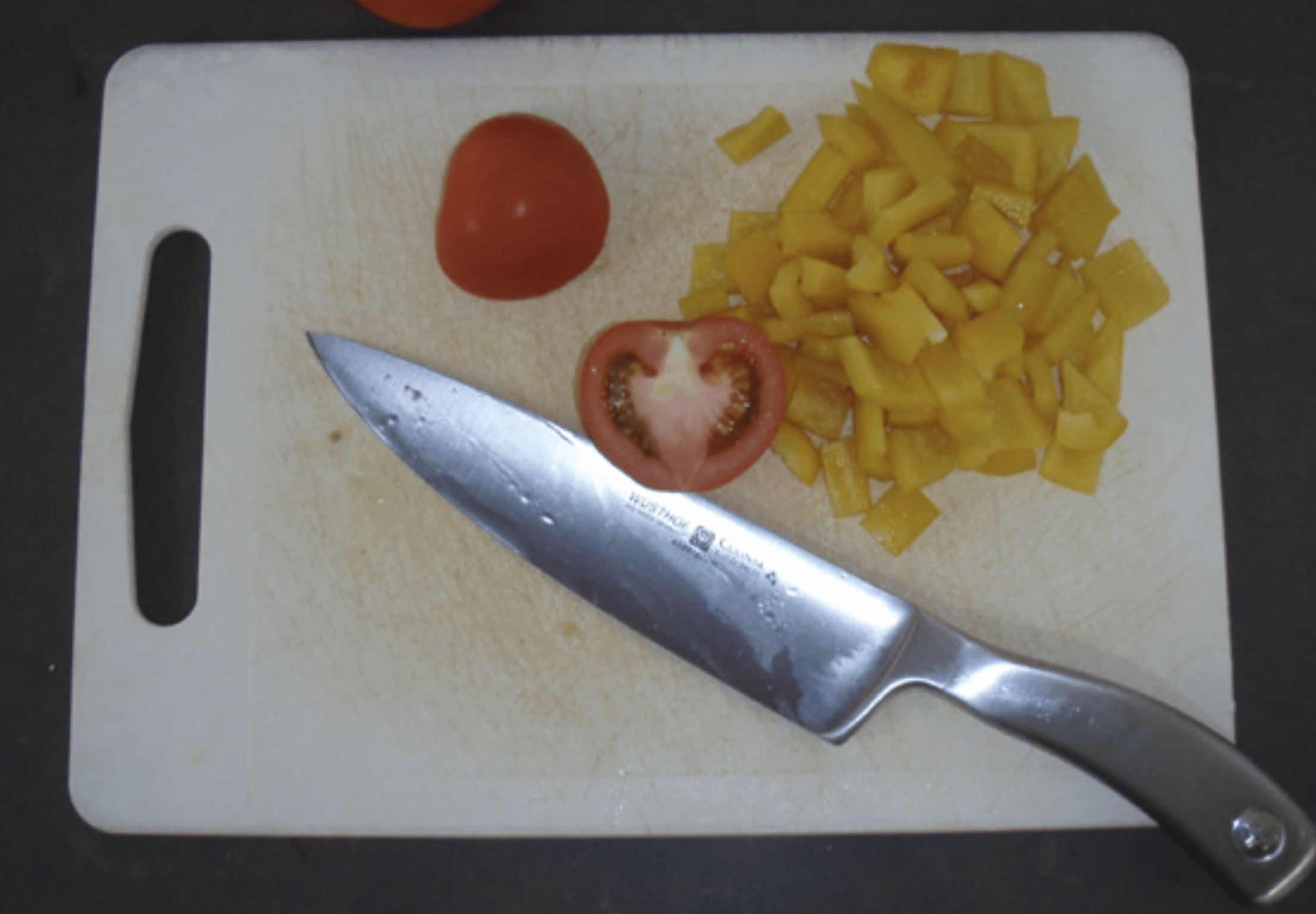TIME – Long ago, humans chopped and ground meats and vegetables on natural surfaces like rocks. Eventually, we decided to trade these slab stones for wooden cutting boards. More recently, many home chefs, restaurants, and food producers have switched to plastic boards for convenience, lighter weight, and cost-effectiveness.
But recent research points to a potential downside: the cutting action of knives causes plastic boards to release tiny pieces, called microplastics, into the chopped-up food. Whether these fragments of plastic affect health likely depends on many factors that continue to be studied.
Here’s what researchers say about plastic boards and whether you should replace them with another material.
What happens to the plastic in your cutting board?
Emerging research suggests that when people consume microplastics from various sources, such as plastic water bottles, they could get absorbed by the body’s tissues. Some scientists think such absorption may lead to chronic inflammation and oxidative stress, issues that increase the risk of health problems.
However, some microplastics, including ones from plastic cutting boards, might be too large for our bodies to absorb.
Studies demonstrate that when we cut upon plastic boards, microplastics are produced and mix into the food. A single knife stroke can release 100-300 microplastics, according to one analysis.
Research has shown that about 50% of the released microplastics stay on the cutting board after chopping and go down the drain when the board is washed (good for you, perhaps, but not great for wastewater pollution). The other 50%, we consume.
In 2023, a team of scientists at North Dakota State University found microplastics were released into carrots after being chopped on plastic boards.
Based on their lab work, the team projected significant exposure to microplastics from regular use of plastic boards for a year.
But they looked only for relatively large microplastics, says Syeed Iskander, assistant professor of environmental engineering and the study’s corresponding author …



